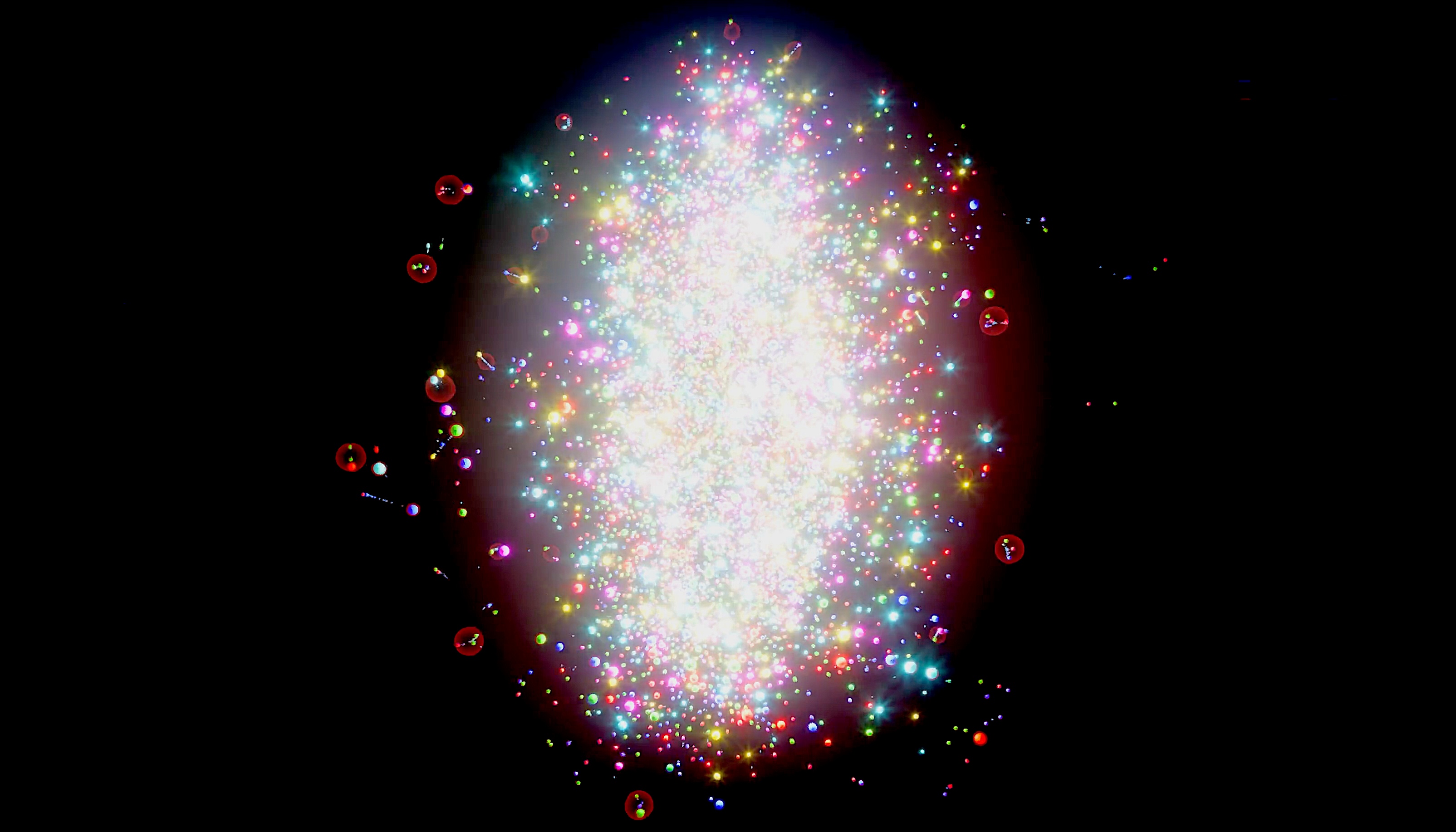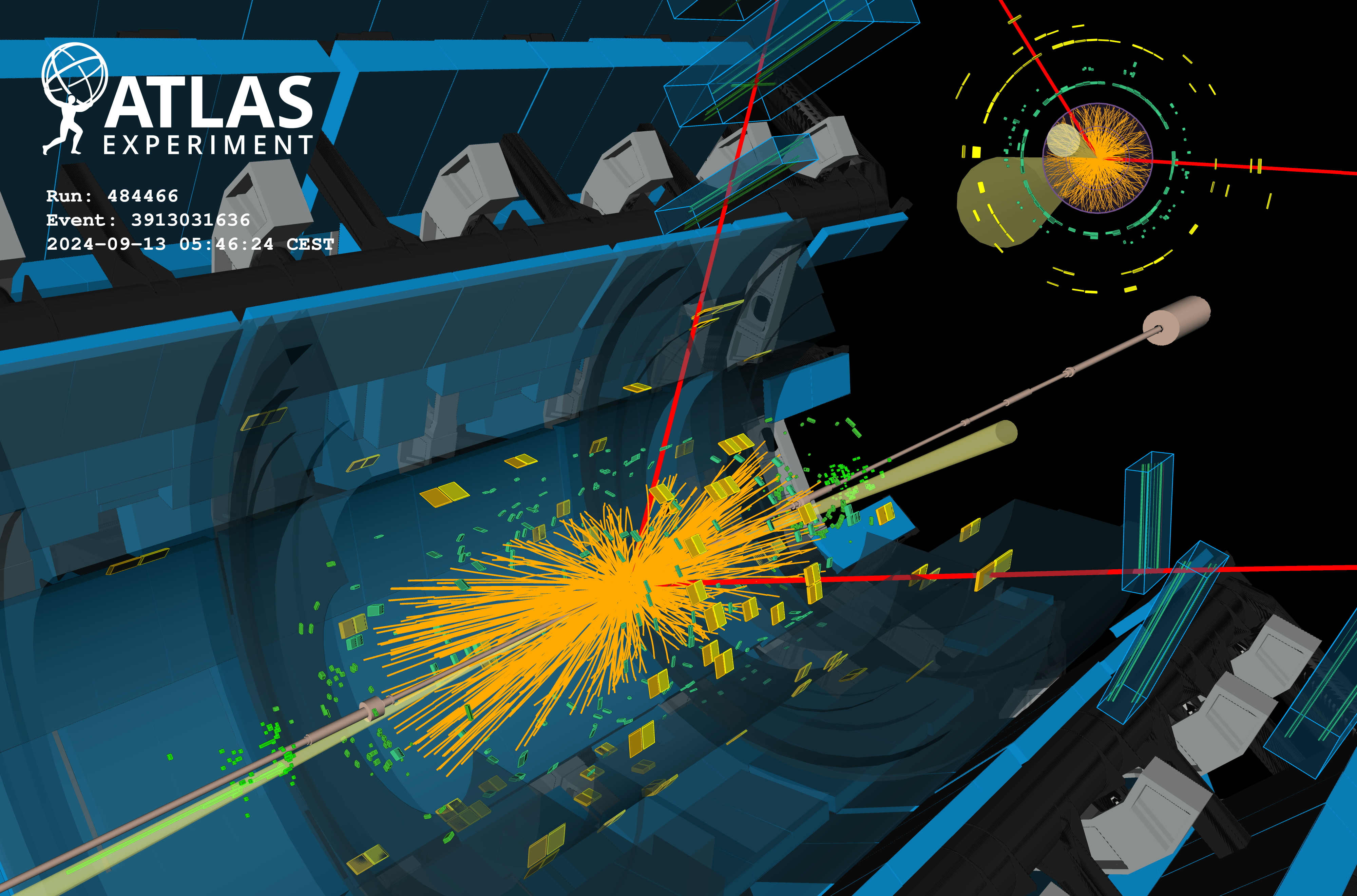ATLAS Pixel detector readies to tackle Run 3
1 July 2022 | By

The ATLAS experiment at the Large Hadron Collider (LHC) is on the eve of a new data harvest with the restart of the LHC for Run 3. The upcoming four-year run will provide a dataset nearly twice the size of what was collected in Run 2 (2015–2018).
LHC proton collisions have already produced millions of billions of particles inside the ATLAS detector. Counting and determining particle properties through their interactions with the detector’s active material layers have resulted in a huge range of physics results. Unfortunately, the same interactions enabling the ATLAS physics programme also damage the detector.
The silicon Pixel detector, installed at the heart of ATLAS, measures charged particles passing through the sensors on four concentric layers. As it is closest to the collision point, it receives considerable levels of radiation. By the end of Run 3, the number of particles that will have hit the innermost pixel layers will be comparable to the number it would receive if it were placed only a few kilometres from the Sun during a solar flare. This radiation damage alters the silicon wafers' crystal structure, making it harder to detect charged particles. By the end of Run 2, signals in the Pixel detector had already reduced by ~25%. This is predicted to further decrease to ~50% by the end of Run 3, as shown in the left-hand plot below.
ATLAS researchers have developed a comprehensive strategy to address these effects and mitigate their impact. The first defence is to regularly adjust the detector operating parameters. Physicists can, for example, increase the voltage across a sensor and tune the distinction between signal and noise. Then, using computer simulations of radiation damage effects in ATLAS, scientists can tune the charged particle track reconstruction algorithms to reduce the impact of this damage. This strategy is the result of years of collaboration among detector, software and analysis groups in ATLAS, including fruitful exchanges with the wider international detector community.
The first proton collisions of 2022 provided a first test of this strategy in Run 3. In May 2022, the LHC collided low-intensity proton beams at a centre-of-mass energy of 900 GeV. ATLAS recorded enough particles to compare detector and track reconstruction performance to predictions from simulated events. Once radiation damage effects were included in the detector simulation, the signals in the Pixel detector from charged particles matched those of the data. The number of pixel layers on which each particle is detected also agreed with the data.
Despite having been in operation well over a decade, the Pixel detector is kept in shape by tuning the detector-operating parameters and radiation-aware algorithms. Thus, the pixel efficiency and spatial resolution measured with the first Run 3 collisions are similar to those measured at the start of Run 2. The remarkable agreement between data and simulation, highlighted in the right-hand plot above, is a testament to ATLAS’ Run 3 software, which can precisely model radiation effects. ATLAS track reconstruction is ready for Run 3!
While these achievements are vital for Run 3, they are even more critical for the High-Luminosity LHC programme. A new fully-silicon Inner Tracker (ITk) will replace the Inner Detector after Run 3. The amount of radiation the innermost ITk pixel layers will experience exceeds by an order of magnitude what will be accumulated by the end of Run 3. Therefore, experience gained in the coming years is essential for maximising the impact of the high-luminosity ATLAS physics programme.
Learn more
- Performance of ATLAS Pixel Detector and Track Reconstruction at the start of Run 3 in LHC Collisions at 900 GeV (ATL-PHYS-PUB-2022-033)
- See also the full lists of ATLAS Conference Notes and ATLAS Physics Papers.





